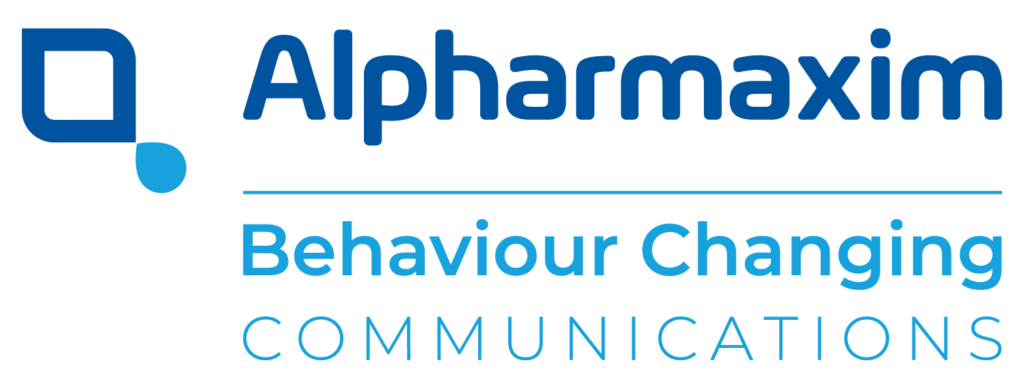Written by Jonathan Dalla-Riva
Jonathan Dalla-Riva is a Medical Writer at Alpharmaxim Healthcare Communications
‘Don’t let tobacco take your breath away’ is the tag line for this year’s World No Tobacco Day, an event that has taken place on 31 May each year since it was unveiled by the World Health Organization (WHO) in 1987. With a focus on tobacco and lung health, the aim for 2019 is to raise awareness about the important role of the lungs in health and wellbeing, and the respiratory diseases associated with tobacco use.1
While the global prevalence of daily smoking fell from 26% in 2000 to 14% in 2017, tobacco remains responsible for an estimated 8 million or more deaths annually, particularly in low‑ and middle‑income countries where around 80% of the world’s 1.1 billion smokers reside.2,3
According to Public Health England, smoking causes 84% of deaths from lung cancer and 83% of deaths from COPD.4
Unsurprisingly, lung cancer and chronic obstructive pulmonary syndrome (COPD) are the leading respiratory diseases associated with tobacco use. According to Public Health England, smoking causes 84% of deaths from lung cancer and 83% of deaths from COPD.4 The chronic nature of these illnesses puts a significant burden on the health system, costing the UK an estimated £12.6 billion per year.4
It’s not only the people who smoke whose health is affected. Smoking during pregnancy increases the risk of gestational complications and the unborn child developing a number of conditions later in life.4 Furthermore, children exposed to second-hand smoke are more likely to develop asthma, pneumonia, bronchitis and respiratory tract infections.1
Despite the grim statistics, the health benefits of quitting smoking are clear. Circulation and lung function improve within 12 weeks, coughing and shortness of breath decrease within 9 months and after 10 years, lung cancer risk is half that of a person who smokes. The negative effects on those who are exposed to second-hand smoke are also decreased.
The WHO states that tobacco control must be a priority for governments and communities worldwide.1
So, what can be done? The WHO’s call to action is unequivocal. In order to achieve a target of a one-third reduction in premature mortality from non‑communicable diseases by 2030, ‘tobacco control must be a priority for governments and communities worldwide. Currently, the world is not on track to meet this target’.1 To encourage change, the WHO Framework Convention on Tobacco Control introduced 6 MPOWER measures in 2007 that provide practical, cost-effective ways for governments to control tobacco use:3
- Monitor tobacco use and prevention policies
- Protect people from tobacco use
- Offer help to quit tobacco use
- Warn about the dangers of tobacco
- Enforce bans on tobacco advertising, promotion and sponsorship
- Raise taxes on tobacco.
A report from 2017 provides evidence of progress with this initiative. From an initial figure of 1.1 billion people across 42 countries in 2007, 4.7 billion people in 121 countries were protected by at least one of the MPOWER policies by 2017.6
A shining example of how tobacco control measures can lead to positive change is the landmark Sin Tax Reform introduced in the Philippines in 2012.7 By directing more than 85% of revenue from the taxation of tobacco and alcohol products into developing a universal healthcare programme, the Philippines government has tripled the number of poor people with access to free healthcare and provided alternative livelihood schemes for tobacco farmers.8 It’s exactly these sorts of initiatives that are recognised in the World No Tobacco Day Awards 2019, which serve to acknowledge individuals or organisations for their accomplishments in the area of tobacco control and will hopefully inspire others to make positive contributions to reducing tobacco use.
If you’re inspired to ‘choose health, not tobacco’, then you can add your voice to the World No Tobacco Day 2019 social media campaign by sharing the moments that take your breath away and using the hashtag #NoTobacco.
References
1. World Health Organization (WHO). World No Tobacco Day. 31 May 2019.
https://www.who.int/news-room/events/detail/2019/05/31/default-calendar/world-no-tobacco-day. Accessed 31 May 2019
2. Bowders Z. NoTobacco Day. In: Tableau Public. 10 May 2019.
https://public.tableau.com/profile/zach.bowders#!/vizhome/NoTobaccoDay/NoTobaccoDay. Accessed 17 May 2019
3. World Health Organization (WHO). Tobacco. 29 May 2019.
https://www.who.int/news-room/fact-sheets/detail/tobacco. Accessed 31 May 2019
4. Public Health England. Health matters: stopping smoking – what works? Guidance. 25 September 2018.
https://www.gov.uk/government/publications/health-matters-stopping-smoking-what-works/health-matters-stopping-smoking-what-works. Accessed 17 May 2019
5. World Health Organization (WHO). Fact sheet about health benefits of smoking cessation. 2019. https://www.who.int/tobacco/quitting/benefits/en/. Accessed 17 May 2019
6. World Health Organization (WHO). WHO report on the global tobacco epidemic, 2017: monitoring tobacco use and prevention policies; Executive Summary. 2017. https://www.who.int/tobacco/global_report/2017/executive-summary/en/. Accessed 17 May 2019
7. Department of Finance (Republic of the Philippines). Sin Tax Reform. 2019. https://www.dof.gov.ph/index.php/advocacies/sin-tax-reform/. Accessed 17 May 2019
8. The Tobacco Atlas. Global Strategy. 2018. https://tobaccoatlas.org/topic/global-strategy/. Accessed 31 May 2019


